It would be hard not to notice the changes around the expansive grounds of the Osaka Expo in recent weeks.
Tents now dot the large open area in front of the popular French and American pavilions, with guests in the lineup huddling underneath for a bit of respite from the relentless sun. Mist fans blow icy cold air at passersby — enticing many to linger for a more complete cooldown. And parked, air-conditioned buses set up as cooling stations attract a couple dozen heat-weary “passengers” at a time.
The theme of the Osaka Expo is “Designing Future Society for Our Lives.” But with climate change fueling increasingly severe heat waves the world over and pushing the mercury to new heights in Japan, one of the expo’s biggest challenges has been to design a site that’s compatible with the present.
“Many days are very hot and we have to keep accidents and heatstroke cases under control,” Osaka Expo Secretary-General Hiroyuki Ishige said during a news conference last month.
The various infrastructure upgrades are evidence that the expo organizers have taken the challenge seriously — and so far, there has not been a major spike in heatstroke cases reported. Still, it’s fair to wonder what will be required to hold a safe event in a world that’s even hotter than this — or whether summer outdoor events will be held at all.
The challenge
It’s not just the expo that is struggling to ensure guests have a safe and comfortable experience despite the searing heat.
The nearby Universal Studios Japan added a water component to its parade in a bid to cool off guests, while some crew members are equipped with mist-spraying fans and sodium-replenishing candies to give to visitors.
Tokyo Disneyland, meanwhile, incorporated anti-heat measures into one of its most popular attractions. The park increased the waterflow for its Splash Mountain ride, adding some oomph to the spray that typically soaks both those on the ride and watching nearby.
But the expo faces unique challenges compared to those megaparks.
For one, the expo has proven to be a popular ticket and passed 15 million visitors on Aug. 6, less than four months after it opened, compared with the 16 million visitors USJ, the country’s most visited theme park, drew in all of 2023. More people means more competition for places to cool off and more potential for heatstroke cases.
“When it comes to these mass outdoor events open for anyone ... it's really hard because you can't really identify who has risk factors, who has underlying illness,” said Yuri Hosokawa, an associate professor at Waseda University’s Faculty of Sport Sciences and an expert on heatstroke. “It attracts various people, and it's almost impossible for the organizer to really screen out who's at risk and who's not. And the best way to go about it is assume that everybody's at risk.”
Osaka Expo organizers didn’t sit still waiting for the summer heat to arrive.
By June, organizers had set up 300 large umbrellas around the site to provide more shade along with 30 mist fans, 60 spot air conditioners and multiple buses to act as extra cooling stations.
Staff also started handing out parasols to people waiting at the highly exposed East Gate entrance, where large crowds cause daily bottlenecks at security and ticket checkpoints. Various pavilions have also put their own measures in place, while air-conditioning giant Daikin boasts one of the more innovative cooling solutions — a rest area inspired by traditional ice storage rooms.
The 70-square meter hut can fit about 30 people and relies on ice generated during nighttime electricity hours to keep the building cool during the day. It’s powered by solar energy, and visitors can see the ice that’s keeping the room cool, “adding a visually refreshing effect.”
The massive Grand Ring itself was also designed with the idea that it could protect visitors from the elements, be it wind, rain or heat. But with daily summer highs routinely reaching above 35 degrees Celsius — and sometimes close to 40 — no amount of investment can hide the fact that Osaka’s summer weather is unpleasant at its best and flat out dangerous at its worst.
“We thought that it was very cool that they gave us the sun umbrellas and it is so organized here,” German tourist Paul Abraham, who visited the expo in July, said of the entrance procedure at the East Gate. “But yes again, for the expo, it would be nice if there were even more places with shade.”
“It’s pretty hot and pretty exhausting.”
The danger
By now, the consequences of Japan’s punishing summers on human health should be clear.
Last year, severe heat led to 97,578 emergency medical transports and 2,033 deaths, according to ambulance and health ministry data, with the death toll marking a significant rise from 2015, when 489 died of heatstroke.
But there’s still a tendency for people to underestimate the danger, perhaps out of the belief that heatstroke is something that only affects the very young or the very old.
“No one is immune from heat stress,” said Hosokawa. “In the past, I think people have said, ‘OK, we need to really watch out for the elderly and kids.’ But it's not just that anymore.”
Drawing on lessons learned from past incidents, including a 2011 music festival in Yokohama that saw 36 people, or about 1% of all those in attendance, rushed to the hospital with heat illness, the Environment Ministry has published a list of guidelines for summer events. The guidelines break measures into two categories: measures to prevent heatstroke and measures to take once heatstroke cases occur.
For prevention, the document urges organizers to avoid having people line up for long periods of time, particularly in direct sunlight. It also recommends that staff be present and visible to encourage people to seek help when needed, while ensuring that there are plenty of rest areas and drinking stations.
“Even with thorough preventive measures, it is extremely difficult to completely eliminate heatstroke cases, so establishing a system to respond appropriately after an incident occurs is particularly important,” the guideline says, urging organizers to establish centralized medical care centers and plan emergency transportation routes in advance.
The guidelines also note that large-scale events are particularly vulnerable, as people release heat and increase humidity in the air by exhaling and due to the evaporation of sweat.
The Osaka Expo added five nurses to its staff on July 1 and another five on Aug. 1 in order to treat victims of heatstroke. It also has staff patrolling the grounds to be on the lookout for anyone showing signs of distress.
“We needed to prepare a good medical system in case visitors feel sick or have heatstroke,” Ishige said. “At our nursing room ... half of the people who come to the facility, after resting for a short time, they recover. The remaining half get the advice of the nurses or medical professionals and some of them need to see physicians. In case of severe problems, we use ambulances to transfer those people to the hospital.”
So far, the Osaka Expo appears to have been successful in avoiding a surge in heatstroke cases — in all of July, organizers reported 30 cases in which heatstroke was suspected or confirmed. By comparison, the Aichi Expo in 2005 reported 313 cases throughout its run, perhaps pointing to increased awareness of the dangers of extreme heat.
Still, the harsh reality of an environment where temperatures routinely exceed 35 C is that heatstroke can and will happen no matter what preventive measures are in place.
Hosokawa notes that when temperatures start reaching into the mid to high 30s, the air temperature exceeds that of a person’s skin, making heat transfer inevitable.
“You're not going to be able to dissipate heat out because the environment is warmer than you,” she said. “If the temperature is high enough, even a minor activity or standing still could still be harmful.”
Add in the fact that events like the expo or amusement parks like USJ or Disneyland require a lot of walking from place to place and the ingredients are there for someone to push themselves beyond their limit, in particular because, for most people, these are rare or even once-in-a-lifetime experiences.
“If they are determined to go in one of the pavilions and they want to stay in line, they will stay in line,” Hosokawa said. “They're going to push themselves.
“Maybe they were already feeling ill, or maybe they were partying last night. It really doesn’t matter. It’s the only chance for them to enjoy that opportunity.”
The future
Eventually, as the planet heats up even further, those opportunities might no longer exist during the summer.
Ishige was noncommittal when asked if the expo would ever need to be closed because of extreme heat, but stressed that organizers are keeping a close eye on the Wet Bulb Globe Temperature (WGBT) forecast, a measurement that takes into account air temperature, humidity and radiant heat.
“If we have an extreme number in the heat index ... we have to think about another measure, but now every day it’s very hot already but we haven’t come to that kind of state yet,” he said.
Already, summer events are being forced to alter their schedules, sometimes breaking with long-held traditions.
Last week, the National High School Baseball Championship, held at historic Koshien Stadium in Nishinomiya, Hyogo Prefecture, held its opening ceremony in the late afternoon for the first time ever. Organizers also tweaked the daily schedule of games to avoid having teams play during the hottest time of the day. Other traditional summer events, including some fireworks festivals, have also been moved to the fall in recent years. Hosokawa envisions a future where some events simply won’t be possible this time of year.
“If climate change continues and the extreme heat gets more extreme, we're going to have to completely change how we view these outdoor summer events,” she said.
“It's not impossible, but I think the preparation ... would be more extensive. And if that happens, I think it'll naturally kind of weed out those who can host versus those who can't.”



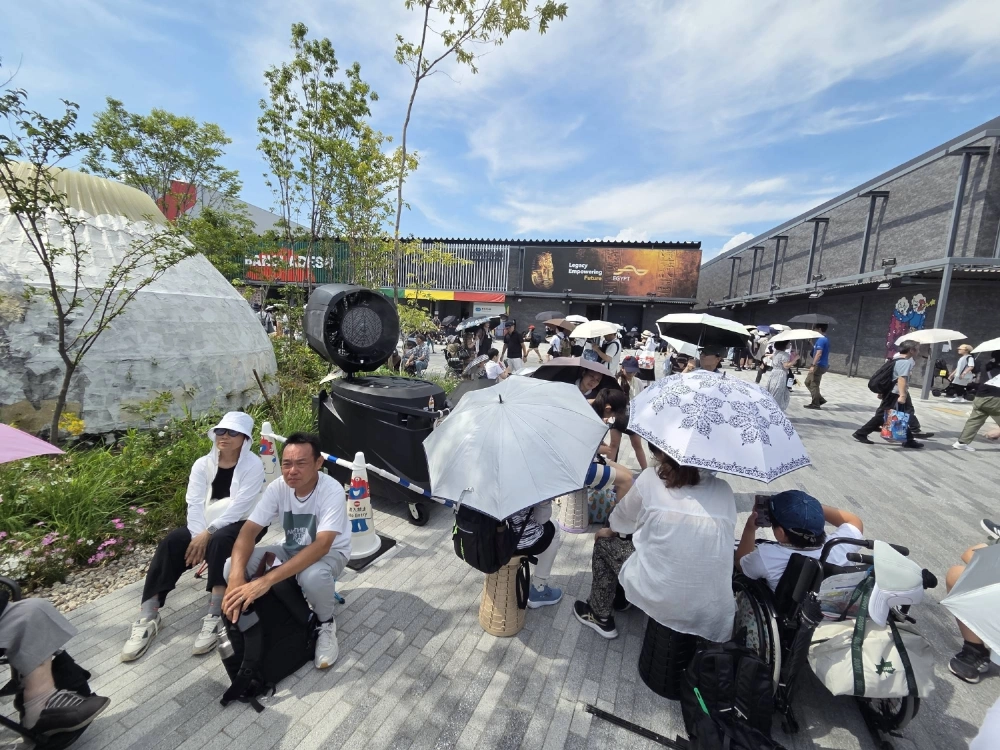
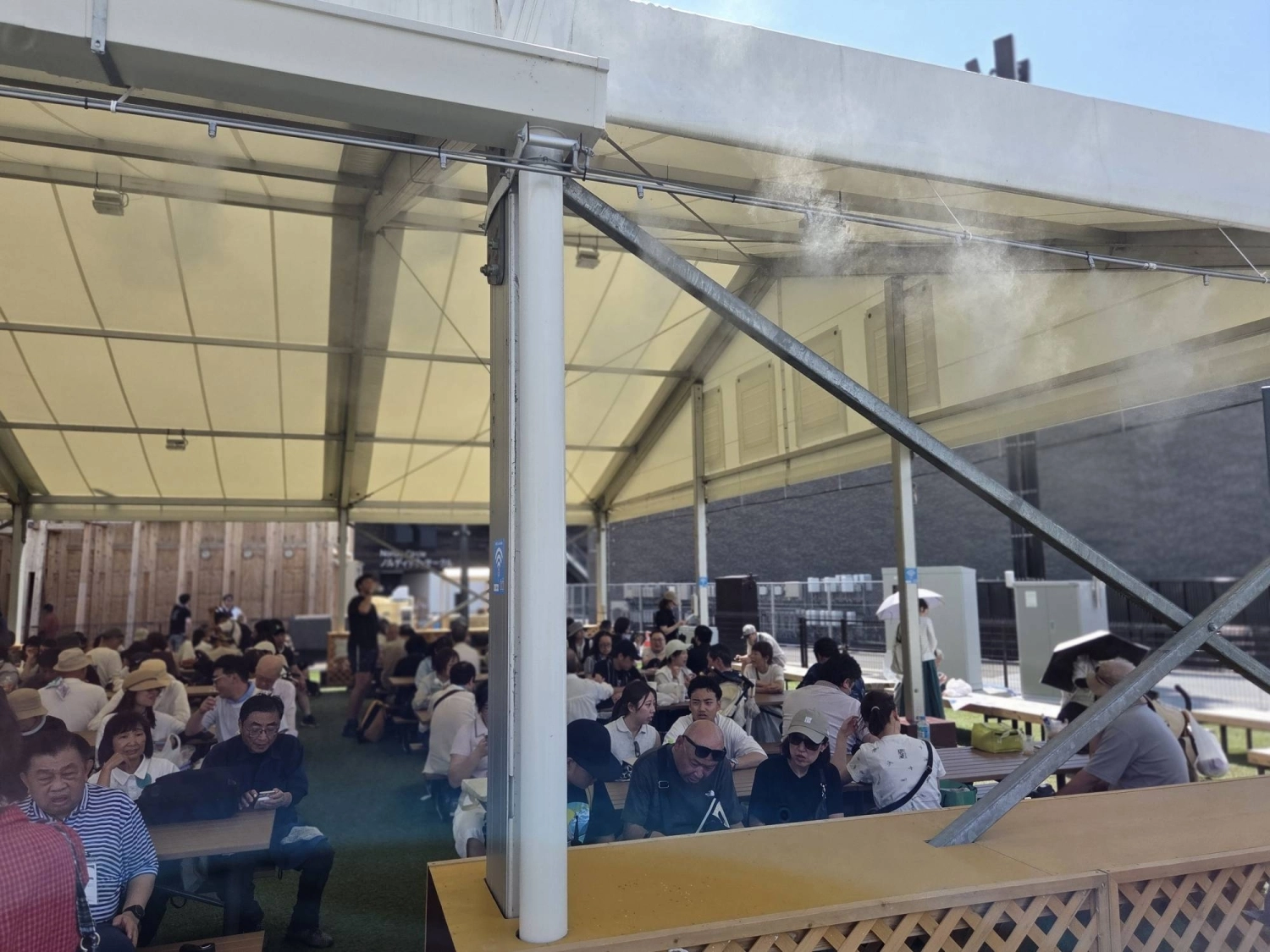



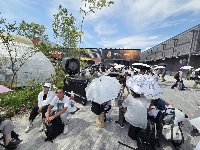
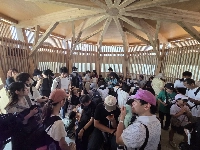
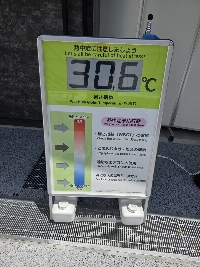
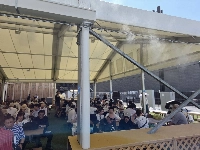
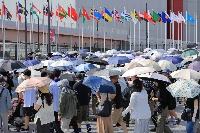












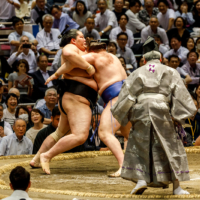

With your current subscription plan you can comment on stories. However, before writing your first comment, please create a display name in the Profile section of your subscriber account page.